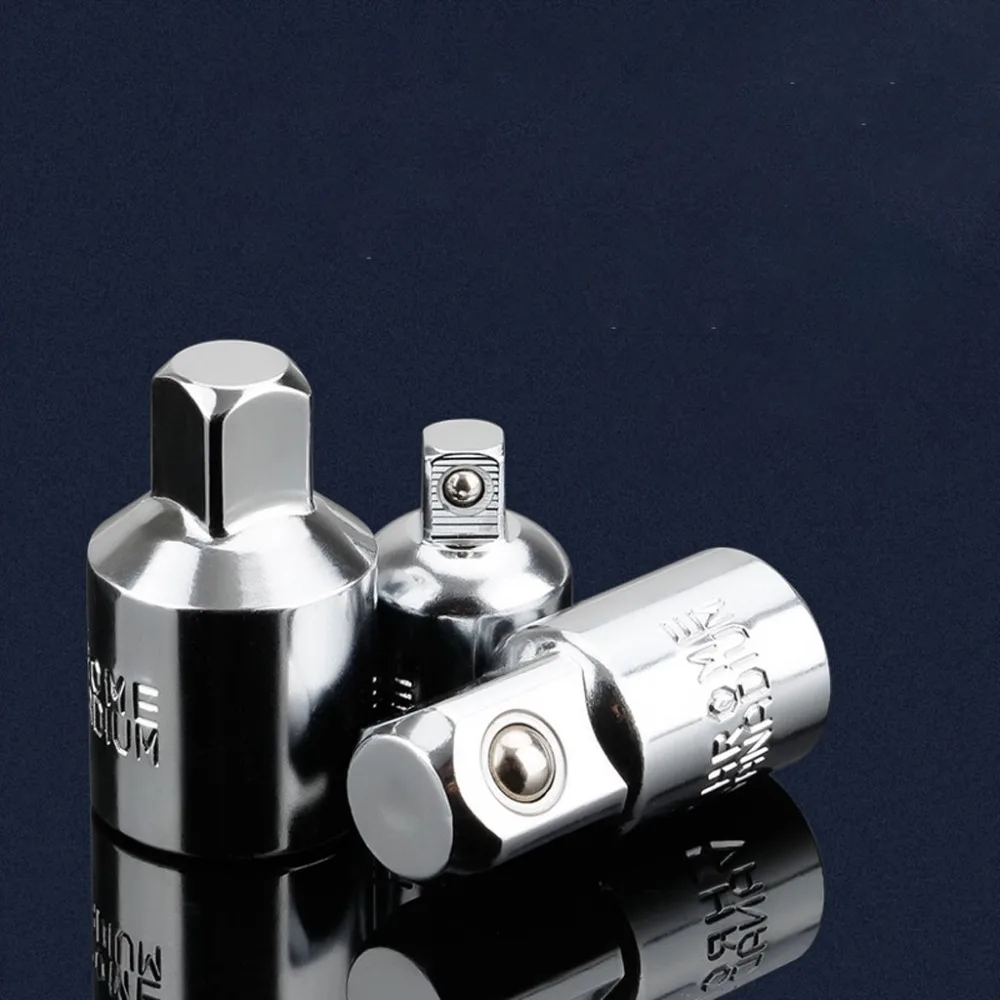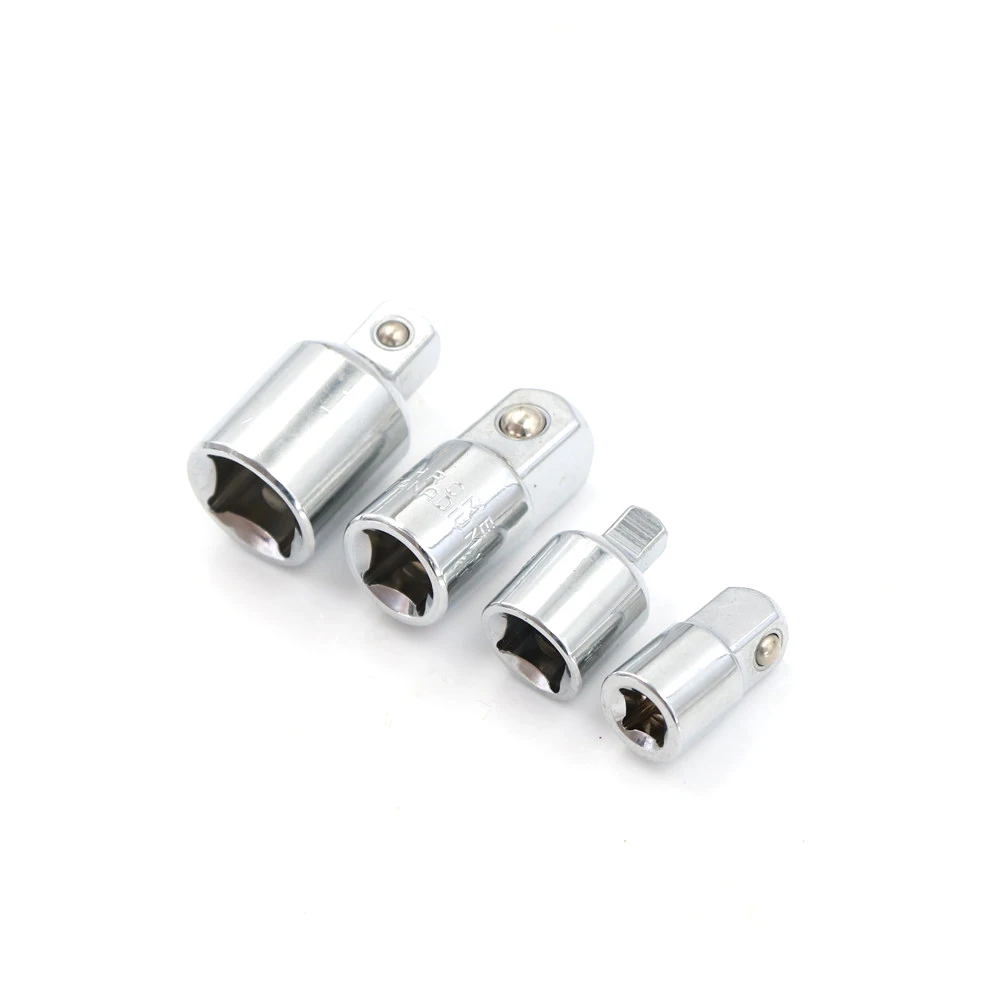
The only real drawback is that an SDS is a lot bulkier and less maneuverable than a standard air hammer, so forget about using it in tight quarters.Toolstation offers far more than just tools, with extensive ranges from top brands including DeWalt, Stanley, Dulux, Google Nest and hundreds more. Given the impact energy of most modern SDS hammers, there’s a chance the SDS might actually hit harder than an air hammer.Īnother interesting advantage here is that an SDS has no need for an air system, so it can go places the air hammer can’t (especially if you have a cordless unit). If you have an expendable (hello Harbor Freight!) socket or two, you don’t even need to put in an air hammer bit to just use the socket adapter combo for beating loose any rusty parts you would normally take an air hammer to. I’ve actually used a panel smoothing bit in my SDS, and it worked rather well. Air hammers play an important role in many mechanic shops, and with this adapter setup you’ve opened up any SDS hammer with hammer only function to the wide world of functions served by an air hammer. What’s more, I’ve figured out that with one of these adapters, a 10/11mm socket, and a bit of duct tape you now have an SDS-to-Air hammer bit adapter.
AIR HAMMER SOCKET ADAPTER DRIVER
While dedicated SDS grounding rod driver bits exist, the adapter/socket method is scalable to different sizes (different sockets), much cheaper, and just as effective. Combine the adapters with impact sockets, set the SDS to hammer-only mode, and you have a magnificent stake driver. That said, the main reason why these adapters actually exist is that they can be used to make an affordable stake/grounding rod driver. While this feature is a blessing in the area of heavy drilling, it’s a big shortcoming in the fastener removal application, where maximum rotational torque is the name of the game. One of the great things about the modern SDS rotary hammer is that it contains a torque-limiting clutch that prevents your arm being wrenched by the tool in the event of a bit seizure (eg. While this hammering motion might shake out a little rust on the surface of the nut/bolt, all that impact energy is essentially being wasted on hammering a nut in a direction it wasn’t designed to move.Ģ. An SDS Rotary hammer, on the other hand, operates like a hammer drill and provides hammering motion directly in line with the bit, perpendicular to the axis of rotation. This is very useful in busting lug nuts, as that rotational torque is used to force the nut to turn in the direction it was designed to turn. In other words, the impacts are rotational. Impact wrenches, like impact drivers, provide a pulsed impact torque applied to the rotation of the chuck/anvil.


The direction of impact is completely wrong for the application. Ok, so I actually have messed around with these adapters a fair amount, and I can tell you right away that they are NOT useful in any way for driving lug nuts.

If you’ve used SDS to square drive socket adapters, how’d they do? Tapcons, for example, strip out their self-threaded holes if overtightened. I suppose that, with these adapters and appropriate sockets, a rotary hammer could be used for driving in Tapcon wall anchors, or other such fasteners, when in rotary-only mode – in a pinch.Īs Steve mentions in the comments, you don’t have any torque control, so you would have to be very careful to not over-torque anchors or fasteners.

They’re also used to drive in grounding rods and other similar shaft-like materials. Update: Check out comments to see why hammering on lug nuts is potentially a very bad idea.Ĭasey mentioned seeing reviews by people using their rotary hammers to drive in rebar, and I remember seeing similar mentions or recommendations over the years. It just doesn’t seem that there would be enough impact energy transferred via a socket, unless maybe you could somehow bottom out the lugs, but I still don’t see it working. I don’t think that using a rotary hammer would be much help in loosening stuck lug nuts.


 0 kommentar(er)
0 kommentar(er)
